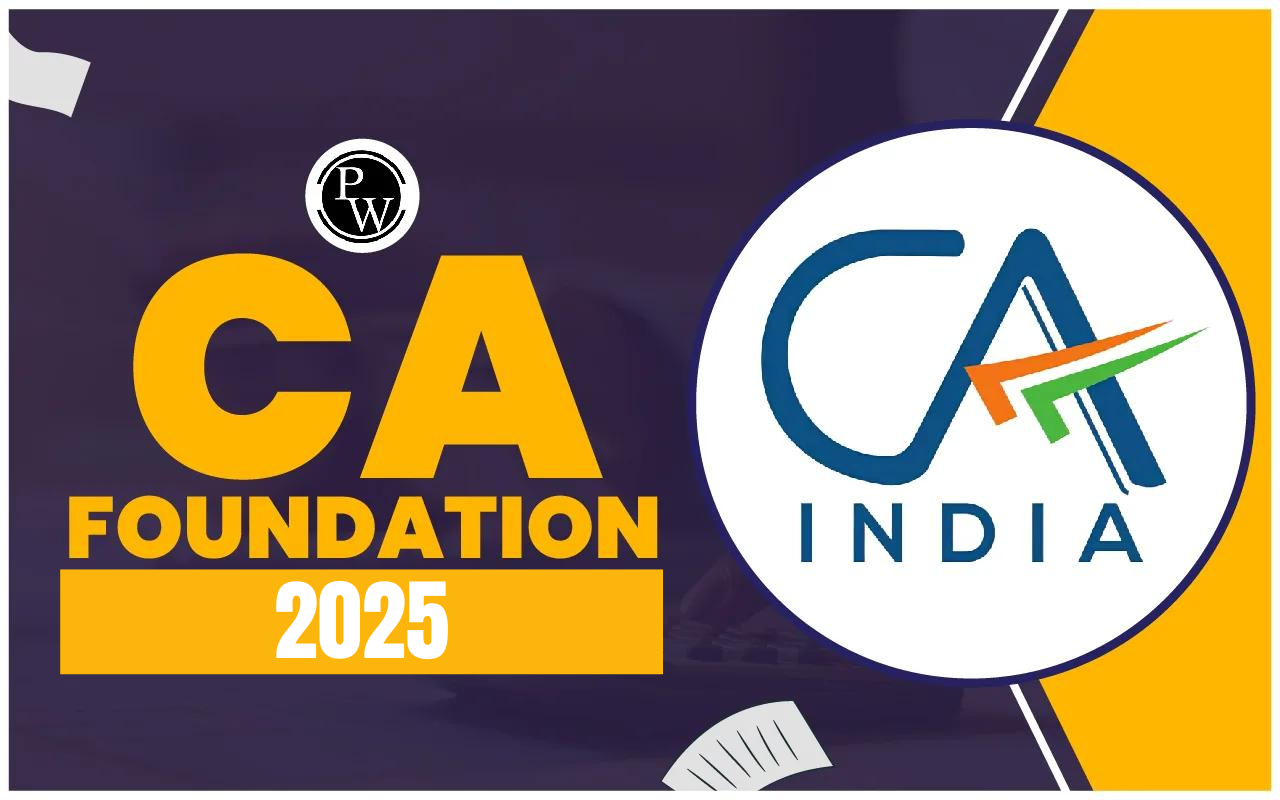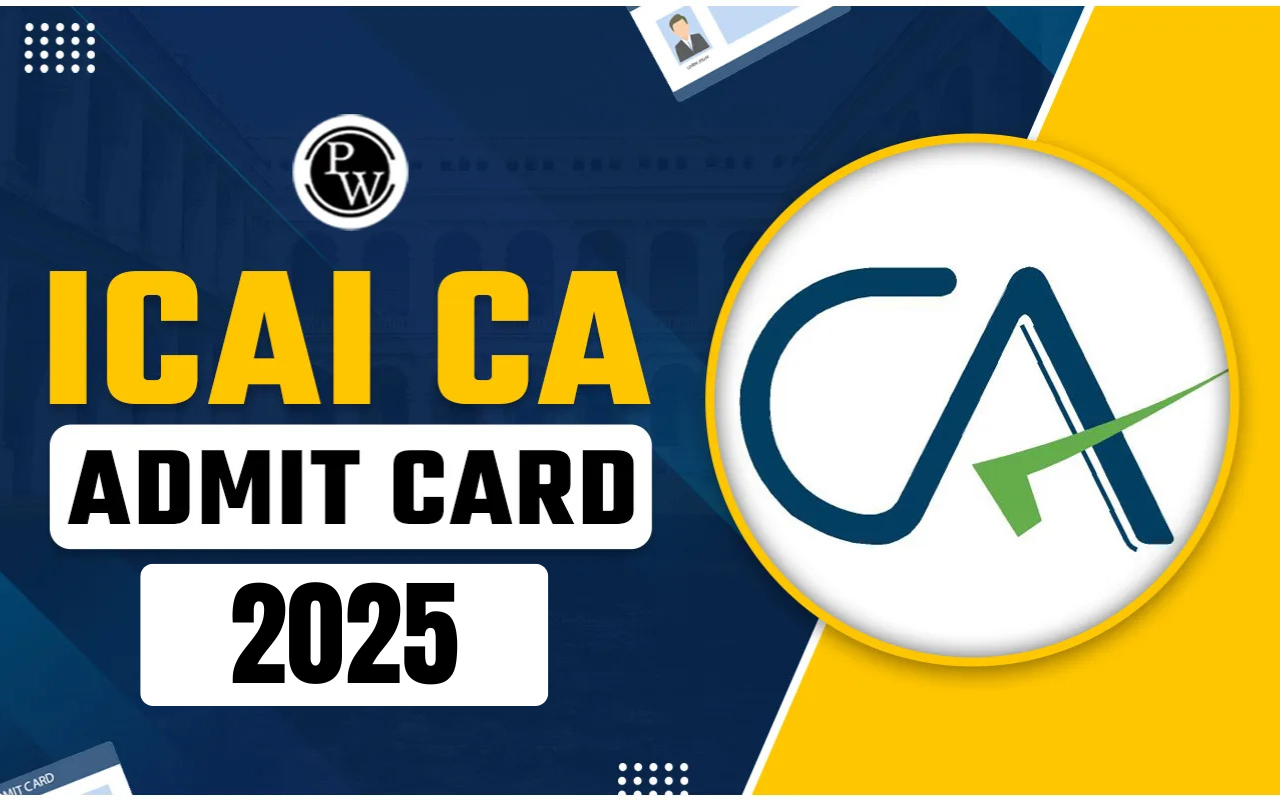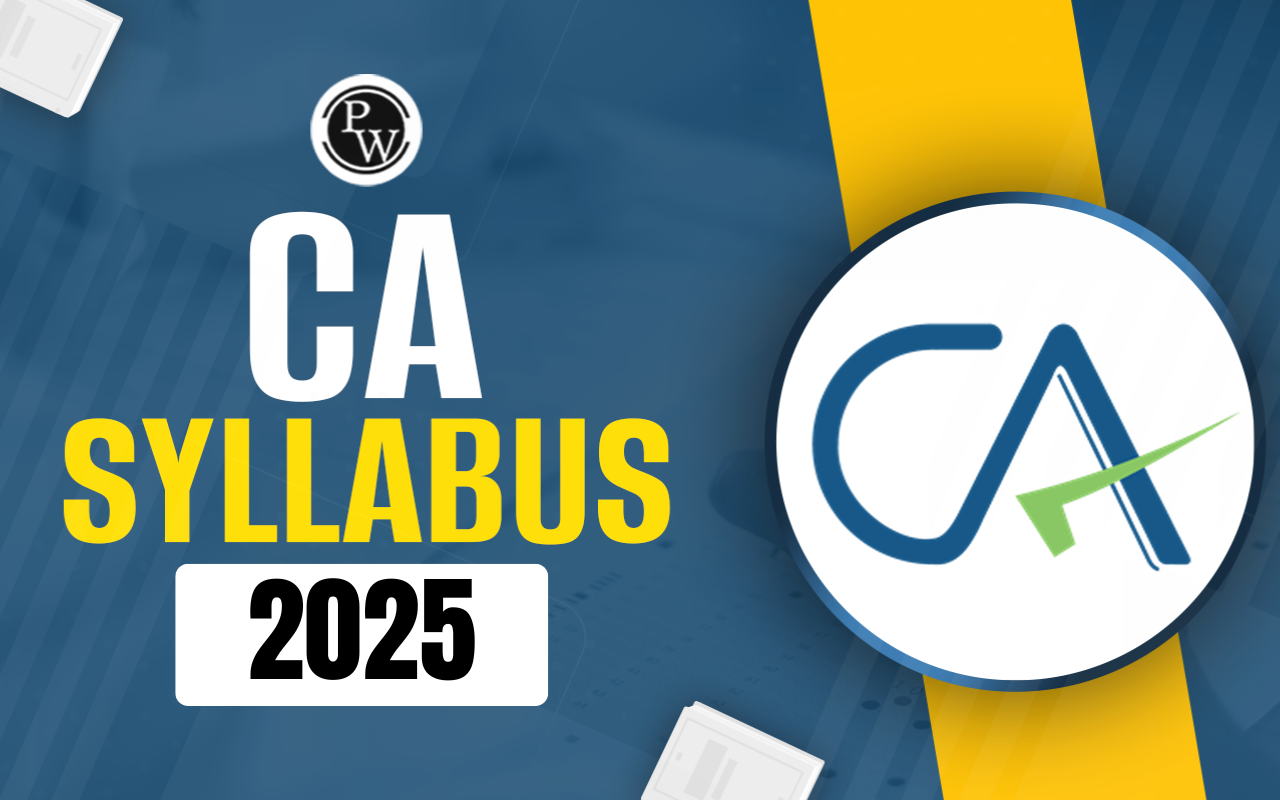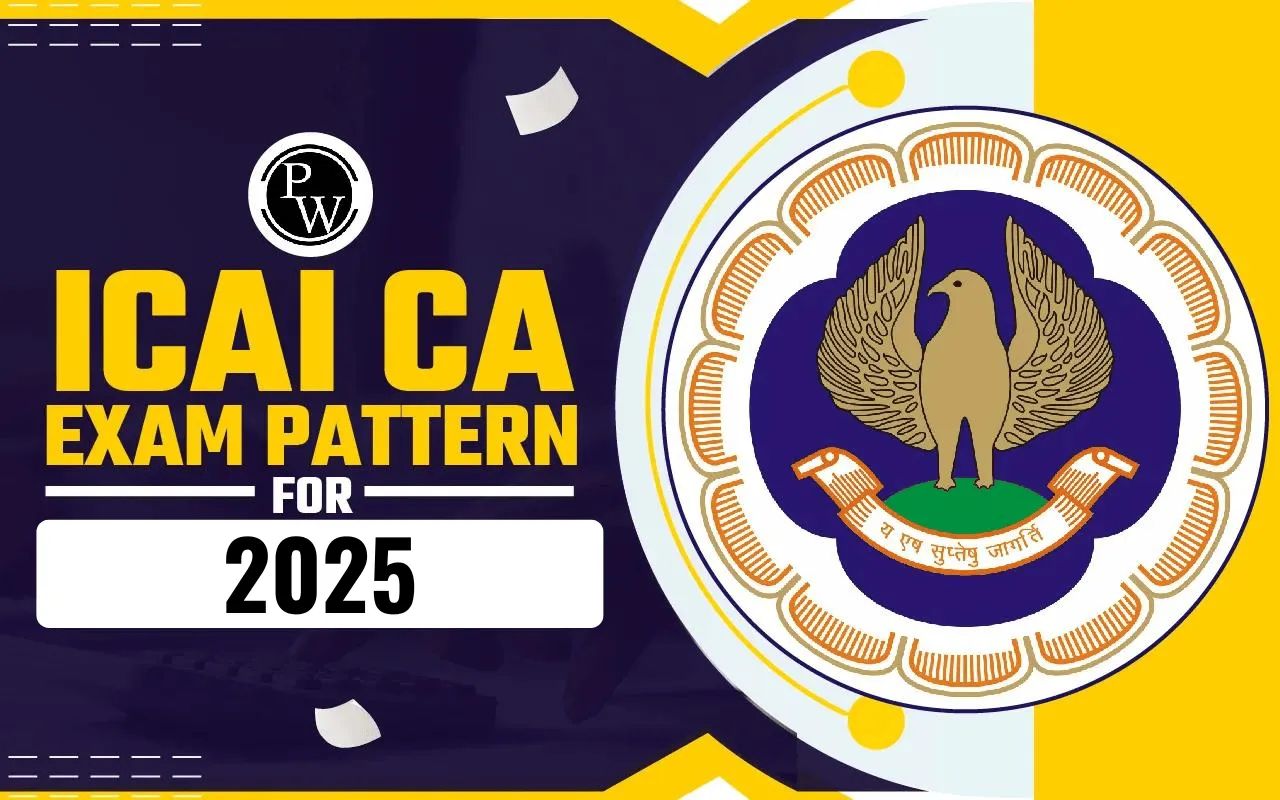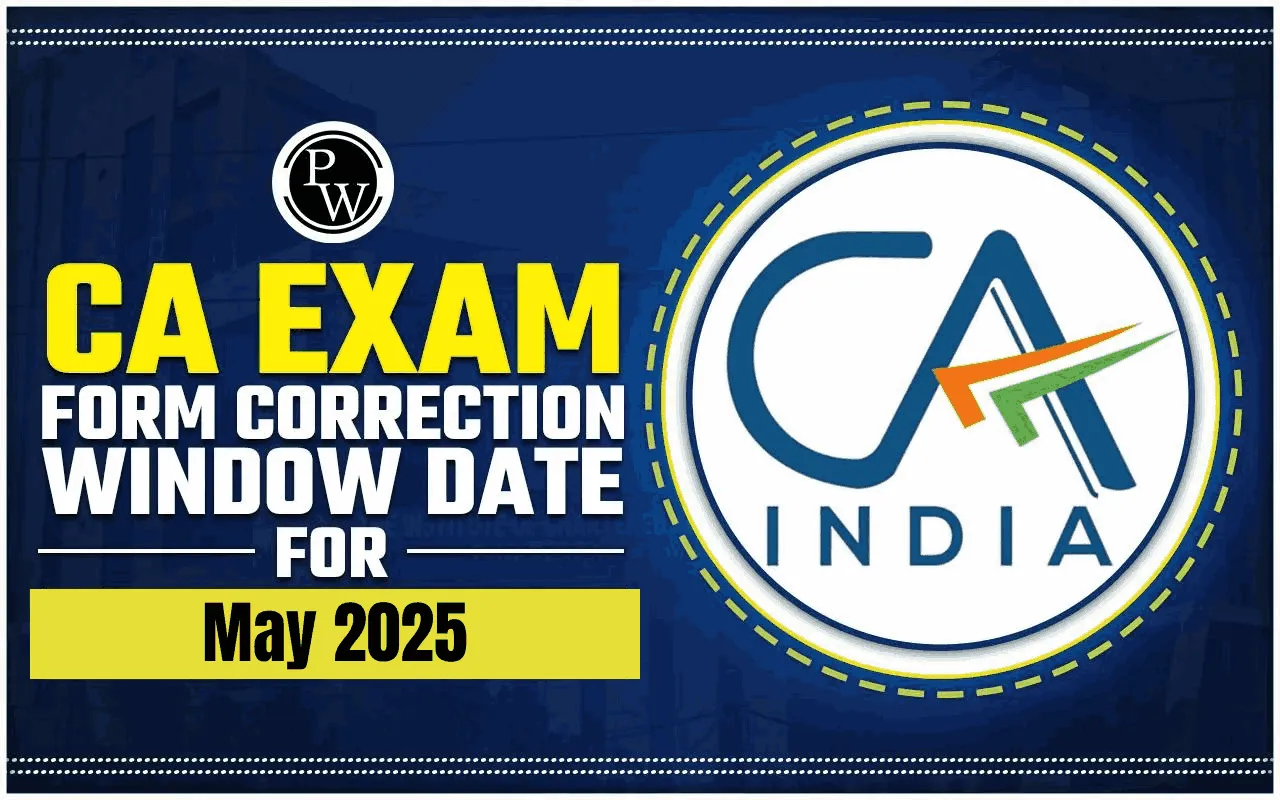
Project finance is a complex and vital facet of the business landscape. It serves as the financial framework supporting significant infrastructure endeavors, ranging from constructing highways and power facilities to launching satellites and advancing renewable energy initiatives.
Project finance assumes a pivotal role in transforming ambitious concepts into tangible accomplishments, and a solid grasp of its advanced methodologies proves indispensable for success within this realm. Within this blog, we will talk about project finance and examine sophisticated strategies that can distinguish you in the arena of financing extensive projects.Understanding the Fundamentals
Before delving into more sophisticated methods, let's take a moment to review the basic principles of project finance. Project finance is an approach to financing in which the primary focus for repayment is the cash flow produced by the project, rather than depending on the financial reliability of the project's backers. The critical elements include:Project Sponsorship
Project sponsors are the entities or individuals responsible for initiating, developing, and overseeing the project. They play a central role in securing financing, making critical decisions, and ensuring the project's success. In advanced project finance, comprehending the intricacies of sponsor equity contributions, guarantees, and their alignment with project objectives is essential.Cash Flow Projection
Cash flow projection lies at the core of project finance. It entails creating a financial model that predicts the anticipated cash flows of the project throughout its entire lifespan. Advanced techniques in cash flow projection involve integrating complex scenarios, accounting for inflation and currency exchange rate fluctuations, and considering various revenue sources.Risk Evaluation
Every project carries inherent risks, and project finance is no exception. Advanced practitioners must cultivate a nuanced understanding of risk evaluation. This encompasses the identification, quantification, and mitigation of risks associated with market conditions, regulatory shifts, environmental factors, and more. Now that we've refreshed our understanding of the fundamentals, let's progress to more sophisticated methods that can elevate your proficiency in project finance.Advanced Financial Modeling
Sensitivity Analysis Sensitivity analysis plays a crucial role in the realm of project finance. It serves as a valuable tool for evaluating the influence of alterations in various input parameters on project cash flows and financial indicators. Beyond basic sensitivity analysis, more advanced practitioners take this evaluation a step further. Significance in Project Finance In intricate projects, the application of sensitivity analysis can be the decisive factor between success and failure. It aids in the identification of the most susceptible variables and enables a more targeted approach to risk management. Advanced sensitivity analysis encompasses the consideration of multiple scenarios, including worst-case, base-case, and best-case scenarios, providing a comprehensive perspective on potential outcomes. Execution of Advanced Sensitivity Analysis Scenario-Based Modeling: Instead of merely adjusting one variable individually, the creation of scenarios that encompass various combinations of variable adjustments is preferred. This approach yields a more realistic evaluation of a project's resilience.- Probabilistic Sensitivity Analysis: Advanced practitioners frequently employ probabilistic modeling techniques like Monte Carlo simulation (as later discussed) to introduce randomness into the analysis. This enhances the accuracy of representing uncertainty.
- Correlation Analysis: The examination of how different variables may be correlated is integral. Changes in one variable often do not occur in isolation, and comprehending these relationships is essential for precise risk assessment.
Monte Carlo Simulation
Monte Carlo simulation stands as a potent technique utilized in advanced project finance to model the impact of uncertainty and risk. It entails running thousands or even millions of simulations to estimate the spectrum of possible outcomes. Introduction and Concept Monte Carlo simulation takes its name from the renowned Monte Carlo Casino in Monaco, famous for its games of chance. This methodology utilizes random sampling and statistical modeling to assess a broad array of potential scenarios. In the context of project finance, it aids in addressing inquiries such as, "What is the likelihood of the project surpassing a specific financial hurdle rate?" Utilization in Project Finance- Probability Distributions: More advanced users of Monte Carlo simulation incorporate probability distributions for input variables, enabling a more realistic depiction of uncertainty. This extends beyond basic "what-if" analysis.
- Sophisticated Modeling: Monte Carlo simulations can manage intricate financial models encompassing multiple variables and interdependencies. This proves particularly valuable in projects characterized by numerous moving components, such as infrastructure development.
- Strategies for Risk Mitigation: Through the execution of simulations, adept practitioners can pinpoint potential risks and formulate strategies to mitigate them. This proactive approach can be transformative in the realm of project finance.
Techniques for Structuring Debt
In project finance, the structuring of debt holds considerable significance in guaranteeing the financial viability of the project. Experienced professionals comprehend the subtleties of debt structuring techniques, which can substantially influence the project's risk profile and financial performance.Debt Service Reserve Accounts (DSRA)
A Debt Service Reserve Account (DSRA) serves as a mechanism to ensure the availability of ample funds for servicing debt obligations, even during challenging circumstances. Proficient project finance experts possess the knowledge to optimize DSRA configurations for optimal efficiency.Rationale and Significance
DSRAs serve as a safety net for lenders. Should the project encounter unexpected financial hardships, the reserve account can be tapped into to meet debt payments. Advanced methodologies encompass determining the appropriate size of the DSRA based on risk assessment and project-specific factors.Debt Structuring for Project Finance
Advanced techniques in structuring debt also involve tailoring debt repayment schedules to match the cash flow patterns of the project. This approach aids in the management of cash flow disparities and ensures that debt obligations remain manageable, even in periods of reduced revenue.Utilization of Cash Sweep Mechanisms
Cash sweep mechanisms are sophisticated instruments employed to distribute surplus cash flow after covering debt service and other priority payments. These mechanisms serve to uphold the expected returns of equity investors while safeguarding the interests of lenders.Complex Cash Allocation with Waterfall Structures
Proficient practitioners of project finance possess the expertise to design intricate waterfall structures for cash flow allocation. This entails determining the sequence in which stakeholders receive their payments, often with equity investors positioned at the end of the payout hierarchy.Triggers and Performance Metrics in Cash Sweep Mechanisms
Cash sweep mechanisms frequently incorporate triggers and performance metrics dictating the timing of surplus cash flow distribution to equity investors. Profound comprehension of project dynamics and risk factors is imperative for setting these parameters effectively.Strategies for Risk Mitigation
Inherent to project finance is an element of risk, and advanced professionals are adept at implementing strategies to effectively mitigate these risks.Managing Currency and Interest Rate Risk
Advanced risk management entails the utilization of financial derivatives and hedging strategies to offset currency and interest rate risks. This encompasses the execution of agreements designed to shield against adverse fluctuations in exchange rates or interest rates.Application of Derivatives
Options, futures, and swaps are common derivatives employed in project finance. Advanced practitioners possess the capability to evaluate the cost-effectiveness of employing derivatives and integrate them into the project's overall risk management strategy.Addressing Political and Regulatory Risks
In projects situated in politically volatile regions, experienced project finance professionals explore the possibility of multilateral guarantees. These guarantees, furnished by international organizations or governments, offer protection against political risks.Leveraging Investment Treaty Protections
Investment treaties between nations can furnish investors with safeguards against various forms of expropriation and discrimination. A comprehensive understanding of the existing legal frameworks and treaties is pivotal for advanced risk mitigation.Employment of Insurance and Credit Enhancements
Advanced practitioners view insurance and credit enhancements as essential tools for risk mitigation. Insurance policies can encompass a wide range of risks, including construction delays, natural disasters, and operational disruptions. Credit enhancements, such as letters of credit or guarantees, can enhance the project's creditworthiness.Legal and Contractual Aspects
Robust contracts serve as the foundation of project finance, and advanced professionals possess a thorough understanding of the legal and contractual components underpinning these agreements.Significance of Well-Structured Contracts
Contracts in project finance are highly detailed and legally binding, delineating the rights, responsibilities, and obligations of all parties involved. Advanced practitioners recognize that meticulously crafted contracts are paramount to the success of the project.Key Provisions in Project Agreements
Force Majeure Professionals with expertise in advanced project finance grasp the significance of force majeure clauses, which delineate how unforeseen occurrences like natural calamities or political turmoil can affect the project's commitments and schedules. Change in Law Provisions Change in law provisions hold particular importance in projects subject to regulatory oversight. These provisions detail how alterations in laws or regulations can influence the project's financial performance and the obligations of the involved parties. Resolution Mechanisms for Disputes In the realm of advanced project finance, disputes can arise despite meticulous planning and execution. A comprehensive understanding of dispute resolution mechanisms is imperative. Arbitration versus Litigation Seasoned practitioners are well-acquainted with the advantages and disadvantages of arbitration as opposed to litigation. Arbitration is often the preferred choice in international projects due to its impartiality and efficiency. Global Arbitration Centers They are also knowledgeable about global arbitration centers such as the International Chamber of Commerce (ICC) and the International Centre for Settlement of Investment Disputes (ICSID), which offer established frameworks for resolving disputes. Structuring Equity Investments Equity financing constitutes a pivotal facet of project finance, and advanced professionals comprehend how to structure equity agreements to maximize efficiency and safeguard investor interests.Options for Equity Financing
Equity Sponsors versus Passive Investors Professionals well-versed in advanced project finance appreciate the distinct roles of equity sponsors and passive investors. Sponsors actively participate in project development, whereas passive investors contribute capital with a less hands-on involvement. Mezzanine Funding Mezzanine financing represents a hybrid blend of debt and equity often utilized to bridge funding gaps. Experienced practitioners grasp the intricacies of structuring mezzanine deals and assessing their impact on project returns.Structuring Equity Deals
Distinguishing Preferred Equity from Common Equity In-depth consideration of equity structuring involves defining the entitlements and preferences of distinct equity categories, including preferred equity and common equity. Such determinations can have a substantial impact on profit distribution and decision-making authority. Strategies for Exiting Equity Investments Professionals with advanced expertise contemplate strategies for exiting equity investments. This might encompass selling their equity interest to an external party, initiating an initial public offering (IPO), or orchestrating a takeover. Thorough Due Diligence and Project Evaluation In advanced project financing, due diligence constitutes a comprehensive procedure that encompasses a meticulous examination and evaluation of various facets of the project.Exhaustive Due Diligence
Assessment of Technical, Financial, and Legal Aspects The due diligence process encompasses technical assessments to verify the project's technical feasibility, financial evaluations to gauge its financial viability, and legal evaluations to identify legal risks and compliance matters. Assessing Environmental and Social Impacts Advanced professionals recognize the significance of environmental and social impact assessments. These evaluations hold critical importance in projects that may have environmental or social consequences, such as infrastructure endeavors or renewable energy initiatives.Framework for Evaluating Risks
Qualitative and Quantitative Risk Analysis Professionals in advanced project financing employ both qualitative and quantitative methodologies to evaluate risks. Qualitative analysis draws on expert judgment, while quantitative analysis relies on data and statistical models to quantify risks. Recommendations for Risk Mitigation Based on their assessments, advanced practitioners offer suggestions for mitigating risks. These recommendations may encompass alterations to project design, mechanisms for transferring risk, or contingency plans.Case Studies
To truly excel in advanced techniques within project finance, it is beneficial to scrutinize real-world case studies.A Successful Project Finance Case Study
Examining a case study where project finance succeeded provides an opportunity to observe the practical application of advanced techniques in overcoming challenges and achieving profitable outcomes.Learning from Project Finance Failures and Extracting Lessons
It is equally crucial to derive lessons from failures in project finance. Advanced practitioners acknowledge that not all projects meet their goals, and comprehending the reasons behind their failures offers valuable insights for future undertakings.Anticipating Emerging Trends and Prospective Developments
The field of project finance remains dynamic, and advanced practitioners stay well-informed about emerging trends and forthcoming developments.Embracing Sustainability and Green Finance
Sustainability and green finance are gaining momentum in project finance. Advanced professionals recognize the significance of environmental and social sustainability and understand how to integrate these considerations into project financing.Digitization's Impact on Project Finance
Digitalization is revolutionizing the processes of project finance. Advanced practitioners harness technology to enhance modeling, risk evaluation, and communication.Adapting to the Changing Regulatory Environment
The regulatory landscape governing project finance is continually shifting. Advanced experts remain vigilant in monitoring alterations in laws and regulations that might impact their projects.Mastering Advanced Techniques in Project Finance FAQs
What are the major trends in sustainable and green finance within the realm of project finance?
Sustainable and green finance trends include a growing emphasis on environmental and social sustainability, increased investment in renewable energy projects, and the development of green bonds and financing instruments.
Can you provide examples of multilateral organizations that offer political risk guarantees in project finance?
Multilateral organizations like the World Bank's Multilateral Investment Guarantee Agency (MIGA) and the International Finance Corporation (IFC) offer political risk guarantees to protect investors in projects located in politically unstable regions.
How do project finance professionals assess the creditworthiness of equity investors in a project?
Equity investors' creditworthiness is assessed based on their financial stability, past investment performance, and their ability to meet capital calls and equity commitments.
What are the primary differences between preferred equity and common equity in project finance?
Preferred equity typically comes with preferential rights and priority in receiving dividends and liquidation proceeds, while common equity holders have more influence and typically bear more risk.
How do you determine the appropriate risk-adjusted hurdle rate for a project in project finance?
The risk-adjusted hurdle rate takes into account the project's specific risks. Advanced practitioners use techniques like the Capital Asset Pricing Model (CAPM) to estimate the required return on equity.
Talk to a counsellorHave doubts? Our support team will be happy to assist you!

Check out these Related Articles
Free Learning Resources
PW Books
Notes (Class 10-12)
PW Study Materials
Notes (Class 6-9)
Ncert Solutions
Govt Exams
Class 6th to 12th Online Courses
Govt Job Exams Courses
UPSC Coaching
Defence Exam Coaching
Gate Exam Coaching
Other Exams
Know about Physics Wallah
Physics Wallah is an Indian edtech platform that provides accessible & comprehensive learning experiences to students from Class 6th to postgraduate level. We also provide extensive NCERT solutions, sample paper, NEET, JEE Mains, BITSAT previous year papers & more such resources to students. Physics Wallah also caters to over 3.5 million registered students and over 78 lakh+ Youtube subscribers with 4.8 rating on its app.
We Stand Out because
We provide students with intensive courses with India’s qualified & experienced faculties & mentors. PW strives to make the learning experience comprehensive and accessible for students of all sections of society. We believe in empowering every single student who couldn't dream of a good career in engineering and medical field earlier.
Our Key Focus Areas
Physics Wallah's main focus is to make the learning experience as economical as possible for all students. With our affordable courses like Lakshya, Udaan and Arjuna and many others, we have been able to provide a platform for lakhs of aspirants. From providing Chemistry, Maths, Physics formula to giving e-books of eminent authors like RD Sharma, RS Aggarwal and Lakhmir Singh, PW focuses on every single student's need for preparation.
What Makes Us Different
Physics Wallah strives to develop a comprehensive pedagogical structure for students, where they get a state-of-the-art learning experience with study material and resources. Apart from catering students preparing for JEE Mains and NEET, PW also provides study material for each state board like Uttar Pradesh, Bihar, and others
Copyright © 2025 Physicswallah Limited All rights reserved.
